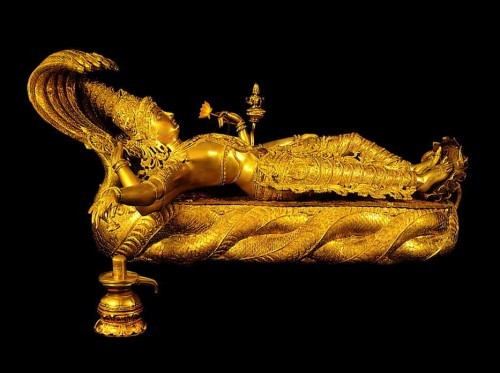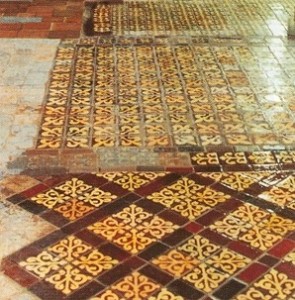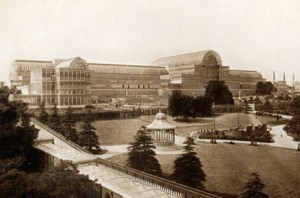The Gowrie Conspiracy and Its Official Narrative (1902) by Samuel Cowan
There are two accounts of the Gowrie Conspiracy, the events of the fifth of August 1600 that resulted in the deaths of the third Earl Gowrie, John Ruthven, and his brother, Alexander Ruthven. The ‘orthodox’ version, essentially as presented here first of all, is written by Robert Chambers (1802-1871), and based primarily on the testimony of King James VI of Scotland, whose life was allegedly threatened, and the alternative, here summarized by Rev. Alexander Duff of Tibbermore, in Memorabilia of the City of Perth (1802) , and presented in Samuel Cowan’s book, along with three other papers, believed by many, especially in Perth, that the king himself conceived the circumstances of the plot for his own ends. To hold such a view at the time was to invite an accusation of treason, punishable by death, hence all the more remarkable that the alternative accounts persisted from the start. Compare these accounts for yourself..
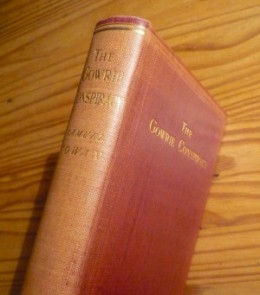
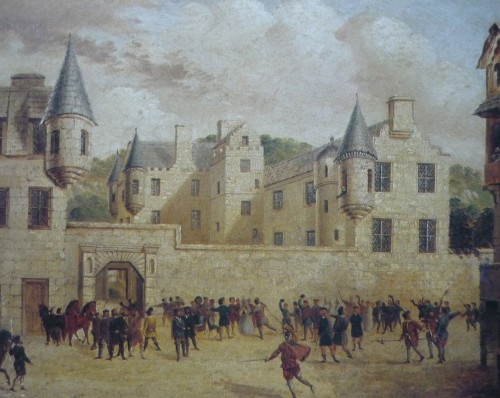
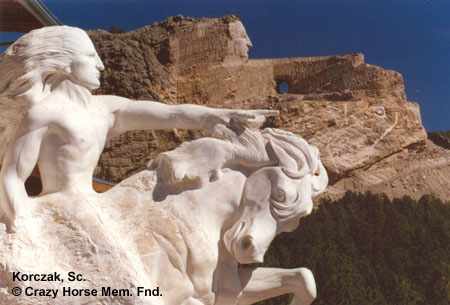
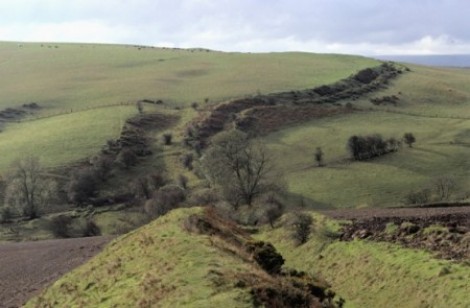
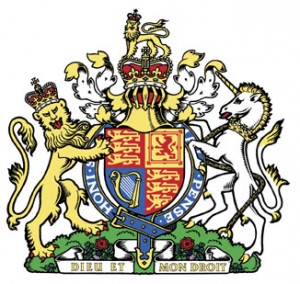

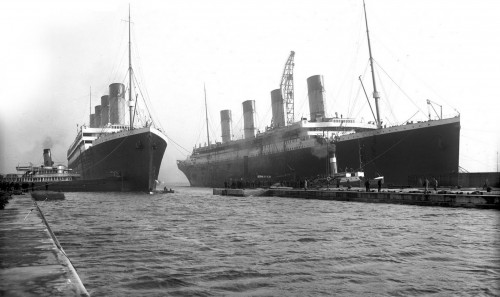

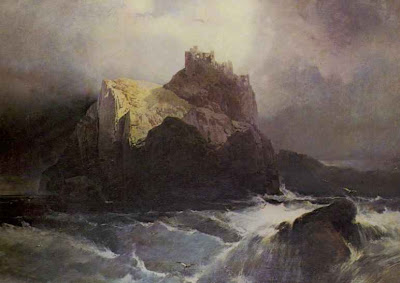.jpg)

